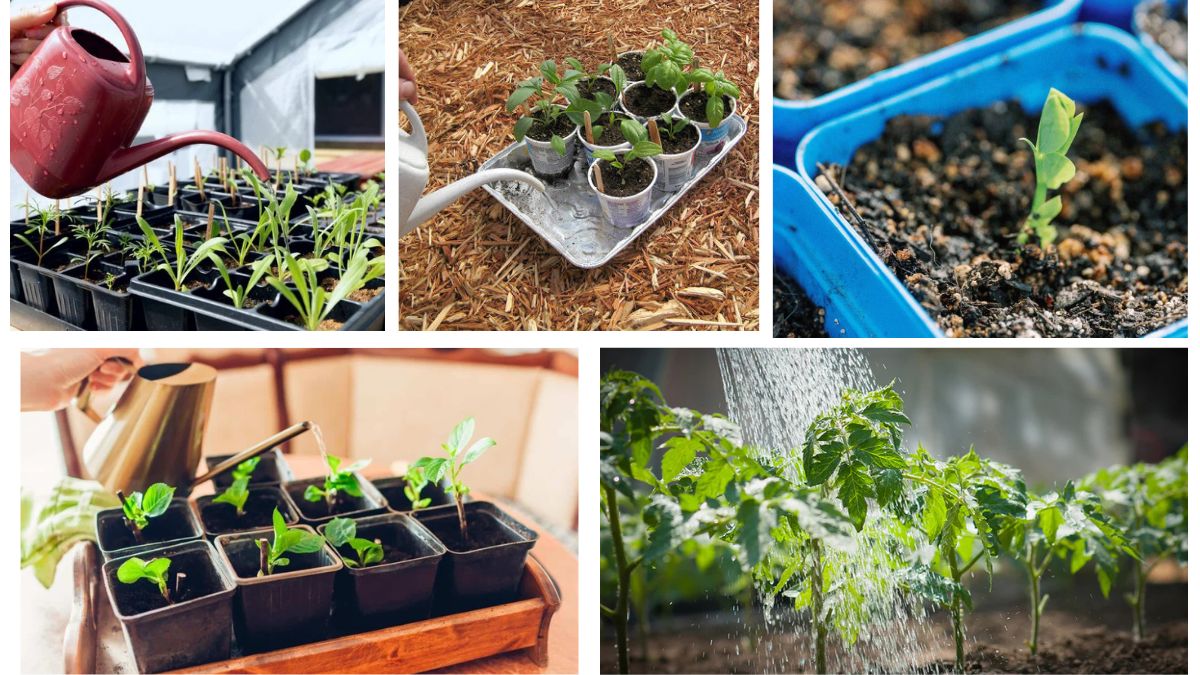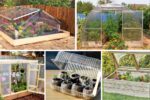Water is one of the most critical elements in the life of a plant, especially during its earliest and most delicate stage — as a seedling. Seedlings are young, newly sprouted plants that require carefully balanced care to survive and thrive. One of the most frequent questions among beginner gardeners and plant enthusiasts is: how much water should a seedling receive daily?
The answer isn’t a one-size-fits-all figure because the water needs of seedlings depend on several factors, including plant species, soil type, temperature, humidity, container size, and growing conditions. However, understanding the general principles of seedling watering can help you avoid common pitfalls like overwatering and underwatering.
This article will explore the water requirements of seedlings, the best practices for watering, the signs of over and underwatering, and tips to help seedlings grow into healthy, robust plants.
Why Proper Watering is Vital for Seedlings
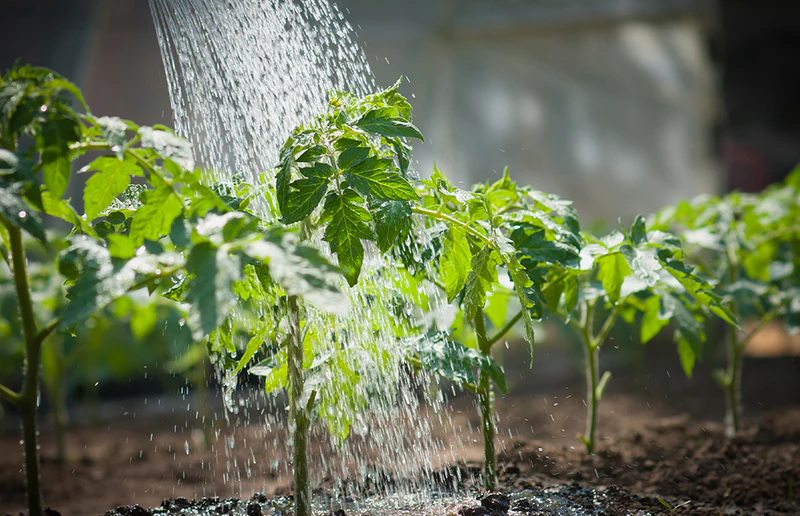
Seedlings are in their most vulnerable stage — with tender stems, shallow roots, and tiny leaves that are highly sensitive to environmental changes. Water serves several key purposes at this stage:
- Activates seed enzymes for germination
- Carries nutrients to developing tissues
- Keeps the soil evenly moist for root expansion
- Prevents stress and wilting due to dehydration
Both overwatering and underwatering can be detrimental, often leading to damping-off disease, root rot, or stunted growth. Therefore, providing just the right amount of water is crucial for successful seedling establishment.
How Much Water Should a Seedling Receive Daily?
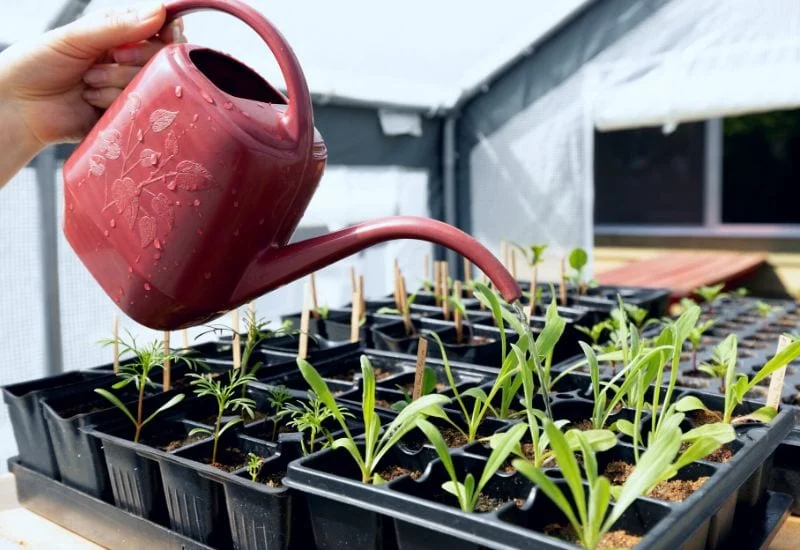
In general, seedlings require consistently moist — but not saturated — soil. There’s no exact daily volume because the water need depends on several influencing factors:
On average:
- For most small seedling containers or trays: 2–5 tablespoons (30–75 ml) of water per seedling daily or every other day.
- In larger pots or outdoor garden beds: adjust the amount based on soil dryness, light exposure, and temperature.
Important: It’s better to water when needed rather than on a strict daily schedule.
Rule of thumb:
The top half-inch (1.2 cm) of soil should stay evenly moist. Water when it feels dry to the touch but avoid letting the soil become soggy or bone dry.
Factors That Influence Seedling Watering Needs
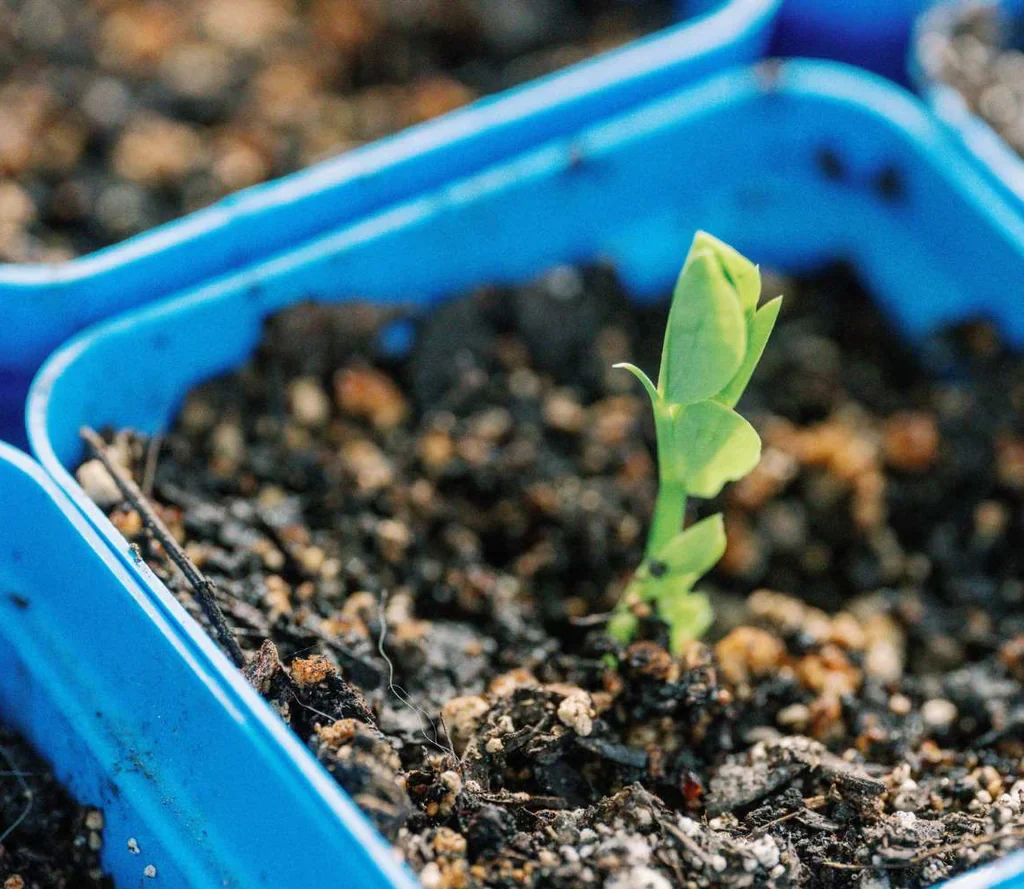
Several variables determine how often and how much water a seedling should receive:
Plant Type
Some plants, like lettuce and basil, prefer consistently moist soil, while others, like tomatoes and peppers, can tolerate slight drying between waterings.
Container Size
- Small seed trays or plug cells: Dry out faster, requiring daily watering.
- Larger pots or garden beds: Retain moisture longer and may need less frequent watering.
Soil Type
- Light, sandy soils drain quickly and require more frequent watering.
- Peat-based or moisture-retaining mixes hold water better, needing less frequent watering.
Use a well-draining seed-starting mix for seedlings to balance moisture and aeration.
Temperature and Humidity
- Hot, dry conditions: Increase evaporation and transpiration, requiring more frequent watering.
- Cool, humid environments: Slow water loss, allowing for less frequent watering.
Stage of Growth
- Freshly sprouted seedlings with tiny roots require gentle, frequent misting or light watering.
- As seedlings grow and develop true leaves, their water needs increase.
Best Practices for Watering Seedlings
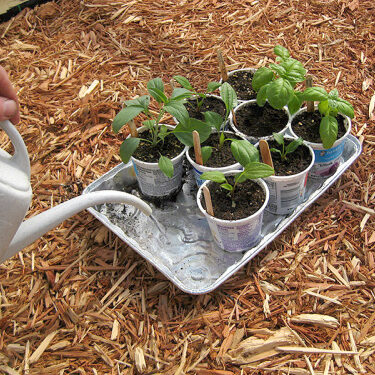
To maintain ideal moisture levels and avoid harming delicate seedlings, follow these effective watering techniques:
Use a Fine Mist Sprayer
A spray bottle or misting can delivers a gentle spray that avoids disturbing tender stems and leaves.
Bottom Watering
Place seedling trays in a shallow dish of water, allowing the soil to absorb moisture from below through the drainage holes. Remove the tray after 10–15 minutes when the soil surface is moist.
Advantages:
- Prevents soil compaction
- Reduces risk of damping-off disease
- Encourages deeper root growth
Check Soil Moisture Regularly
Use your finger to gently test the soil surface. Water when the top half-inch (1.2 cm) feels dry but is still slightly moist underneath.
Water Early in the Day
Watering in the morning allows excess moisture to evaporate throughout the day, preventing fungal problems like mildew or damping-off.
Avoid Waterlogging
Ensure seedling containers have adequate drainage. Never let seedlings sit in standing water for prolonged periods.
Signs of Overwatering and Underwatering
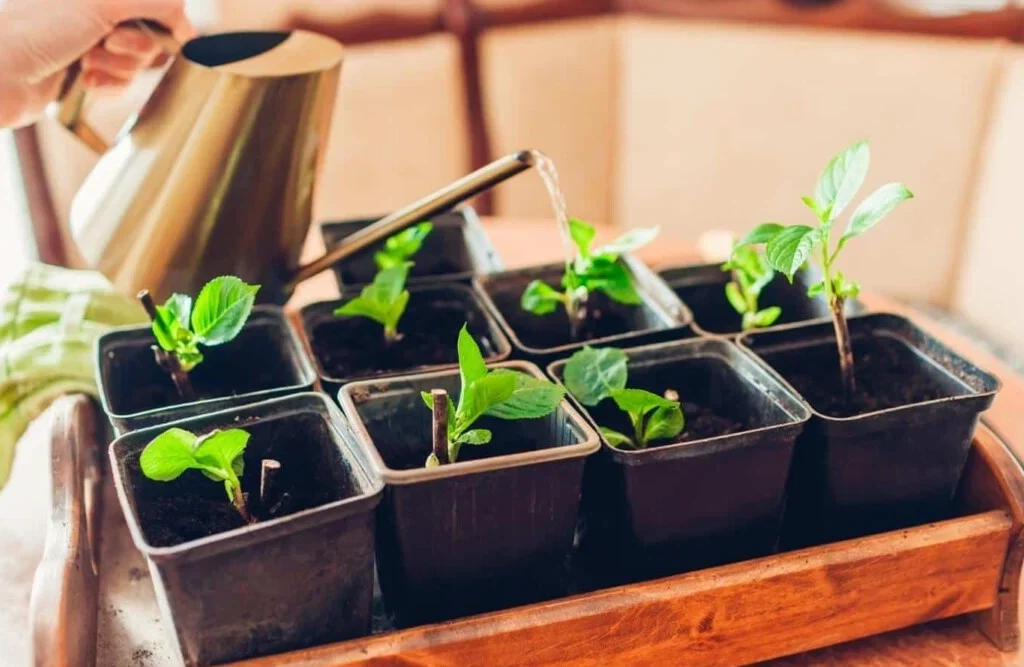
Learning to recognize the symptoms of over or underwatering helps prevent common seedling problems:
| Issue | Symptoms | Action |
|---|---|---|
| Overwatering | Yellow, wilted leaves, fungus, mushy stems, waterlogged soil | Reduce watering, improve drainage |
| Underwatering | Dry, brittle soil, wilting, dry leaf edges, slow growth | Water immediately, increase frequency |
How Often to Water Seedlings Outdoors
Outdoor seedlings are exposed to natural elements and may require watering once or twice daily during hot, dry weather. In cooler or shaded areas, watering every 1–2 days may suffice.
Tips:
- Water in the early morning or late afternoon.
- Use a watering can with a fine rose attachment for gentle watering.
- Apply mulch (like straw or shredded leaves) around seedlings to retain soil moisture and reduce evaporation.
When to Adjust Watering Frequency
Increase watering:
- As seedlings develop more leaves and larger root systems
- In hot, dry, windy weather
- In sandy or fast-draining soils
Reduce watering:
- During cooler, humid periods
- As seedlings are hardened off (gradually acclimated to outdoor conditions)
- In moisture-retentive potting mixes
Conclusion
So, how much water should a seedling receive daily? While there’s no fixed measurement, the goal is to maintain evenly moist but not soggy soil. Most seedlings need a light watering daily or every other day, depending on environmental conditions, soil type, container size, and plant species.
Key takeaways:
- Check soil moisture regularly with your finger.
- Use fine misting or bottom watering methods for delicate seedlings.
- Adjust watering frequency based on plant needs and weather conditions.
- Watch for signs of overwatering and underwatering to fine-tune your care routine.
By following these practical guidelines, you’ll give your seedlings the best chance to thrive and develop into vigorous, healthy plants ready for transplanting into the garden.
